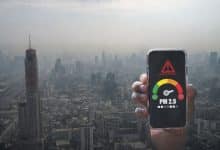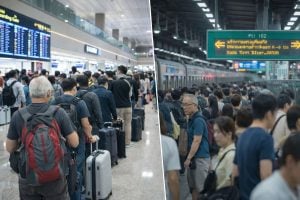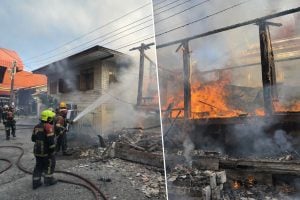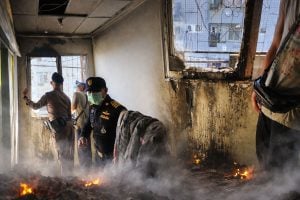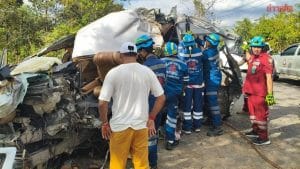Thailand’s hotspots surge, sparking environmental concerns
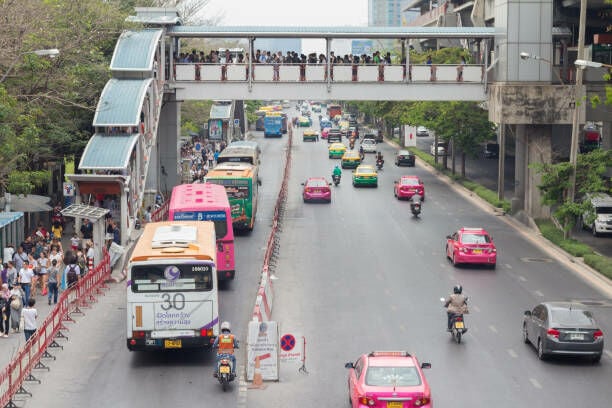
The Geo-Informatics and Space Technology Development Agency (GISTDA) reported a surge in hotspots across Thailand and neighbouring countries, exceeding 1,700 points in Thailand alone as of February 14.
This data, collected from the Suomi NPP satellite alongside other satellites, raised concerns, particularly as the majority of these hotspots are located in conservation forests and national parks. With neighbouring countries also experiencing significant numbers of hotspots, regional environmental concerns are heightened.
Thailand’s satellite data revealed 1,712 hotspots nationwide. Of these, the highest occurrences were in conservation areas, with 546 points detected. National parks followed closely with 506 hotspots, agricultural areas with 278, communities and other regions with 195, State Property Management and Services Office (SPMSO) zones with 159, and along highways with 28. Kanchanaburi Province emerged as the locality with the most hotspots, numbering 328.
Neighboring Cambodia leads the count for the region with an alarming 2,591 hotspots, while Myanmar reported 1,844, Laos 900, and Vietnam 185. GISTDA continues to monitor the situation and provides updates to aid in the management and mitigation of the affected areas. They have made the data accessible through their website, and also recommend tracking PM2.5 levels using the Check Dust application, reported KhaoSod.
In related news, as Bangkok grapples with hazardous levels of PM2.5 pollution, authorities urgently implement remote work measures, following alarming statistics from AirBKK. Bangkok Governor Chadchart Sittipunt’s directive targeted over 60,000 employees across 151 organisations to telecommute, while schools provided safe zones.
Notably, the directive targets 151 public and private organisations, encompassing a workforce of over 60,000 individuals, urging them to embrace telecommuting to mitigate exposure risks. However, amidst the haze of uncertainty, schools under the BMA’s jurisdiction remain open, equipped with designated safe zones to shield students and staff from hazardous pollutants.
A glance at the statistics churned out by AirBKK, the BMA’s air quality sentinel, reveals a harrowing reality. Klong Sam Wa, Thawi Watthana, Thon Buri, Bangkok Noi, and more, stand among the 20 districts gripped by the suffocating embrace of PM2.5 pollution. As the smog tightens its grip, citizens are implored to stay abreast of the air quality index via AirBKK’s Line Alert service.
The forecast delivered by the Pollution Control Department (PCD) casts a shadow over Bangkok and its outlying regions, projecting a worsening PM2.5 predicament until Saturday.
Latest Thailand News
Follow The Thaiger on Google News:
